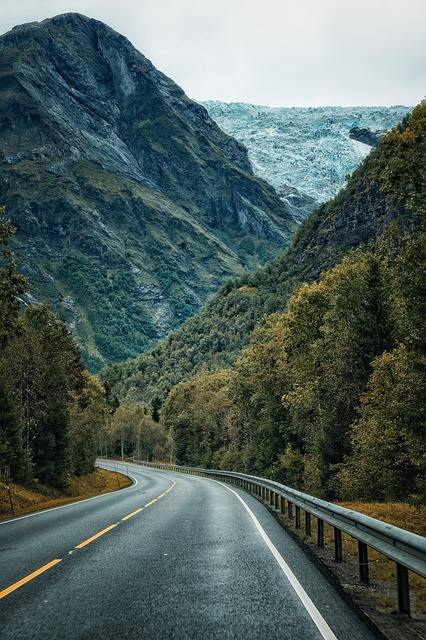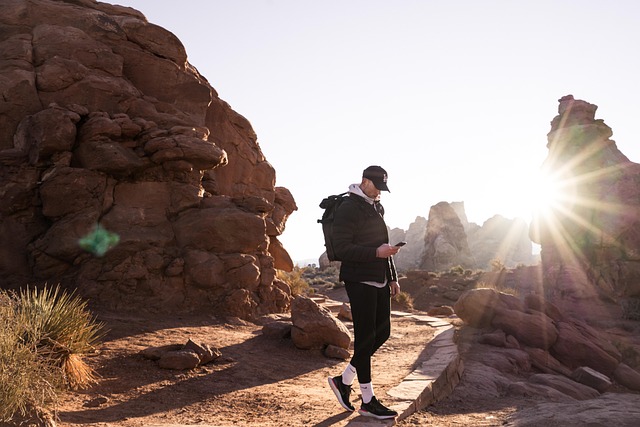Adventure & Extreme Sports Travel Insurance: What’s Actually Covered
Why Regular Travel Insurance Isn’t Enough
If you’re planning a trip that involves skiing in Colorado, scuba diving in Hawaii, or even skydiving over Arizona, standard travel insurance often won’t cut it. Many U.S. travelers assume their regular plan automatically covers injuries or emergencies from adventurous activities. In reality, most basic travel insurance policies exclude “high-risk” or “hazardous” sports.
That’s where adventure travel insurance (sometimes called extreme sports insurance) comes in. These specialized policies are designed to protect thrill-seekers, athletes, and families taking active vacations.
What Adventure Travel Insurance Covers
The best policies go beyond medical emergencies and can also cover trip cancellations, evacuations, and even damaged equipment. Here’s a breakdown of common covered activities in U.S.-based adventure travel insurance plans:
- Water Sports: Scuba diving (with depth limits), snorkeling, surfing, whitewater rafting (Class I–IV rapids).
- Winter Sports: Skiing, snowboarding, snowshoeing, ice skating, sledding.
- Air Sports: Hot air ballooning, paragliding, zip-lining, indoor rock climbing walls.
- Land Sports: Mountain biking, hiking (below a certain altitude, often under 15,000 feet), horseback riding, guided trekking.
- Competition Coverage: Amateur-level marathons, cycling events, triathlons.
Expert Insight: “Travelers should always check if altitude limits apply for trekking or climbing,” says Dr. Michael Stone, a Colorado-based travel medicine physician. “A trek in the Rockies is often covered, but summiting Mount Denali may not be.”
What’s Usually Excluded
Even the most flexible extreme sports insurance plans draw the line somewhere. Common exclusions include:
- Base jumping and wingsuit flying.
- Cave diving or scuba diving below 30–40 meters without certification.
- Professional-level competitions (e.g., paid racing or extreme tournaments).
- Solo mountaineering or climbing without ropes/guides.
- Motorbike racing or drag racing.
In addition, reckless behavior (like ignoring safety guidelines, being intoxicated, or using faulty gear) may void your claim.
Real-World Example: When Insurance Made the Difference
Consider the case of a U.S. college student who fractured her leg while skiing in Lake Tahoe. Her standard travel insurance denied the claim, citing “hazardous activity.” Luckily, her parents had added an adventure sports rider, which covered the $18,000 in medical bills and transportation to a specialized hospital.
Without that add-on, the family would have been left with a major financial burden.
Comparing Plans: What U.S. Families Should Look For
When shopping for adventure travel insurance or extreme sports insurance, here are the top features to compare:
- Medical Coverage Limits
- Look for at least $100,000–$250,000 in medical coverage. High-risk activities can quickly rack up bills.
- Emergency Evacuation
- Helicopter rescue from a mountain or airlift after a diving accident can cost $20,000–$200,000. Make sure your plan includes it.
- Trip Cancellation Protection
- Covered if you’re forced to cancel due to injury before your trip.
- Equipment Coverage
- Protects expensive skis, bikes, or diving gear against theft or damage.
- Destination-Specific Coverage
- Some U.S. policies won’t cover certain activities outside the States. Always confirm international protection.
Data Snapshot: Americans & Adventure Travel
- According to the U.S. Travel Association, nearly 42% of U.S. travelers in 2024 reported adding adventure or outdoor activities to their vacations.
- The National Ski Areas Association estimates over 60 million skier visits annually in the U.S., highlighting why winter sports coverage is in demand.
- Scuba diving certifications in the U.S. have grown by 8% year-over-year, according to PADI, pushing more travelers to seek underwater protection.
This trend shows adventure and extreme sports are no longer niche—they’re mainstream.
Insider Tip: Add a Rider, Don’t Replace Your Whole Policy
Instead of buying a completely separate extreme sports insurance plan, many U.S. families opt for a sports rider added onto their existing travel insurance. It’s usually more cost-effective and ensures you still have all the “standard” coverage for flight delays, lost baggage, and medical emergencies.
Quick Comparison: Covered vs. Excluded
| Category | Typically Covered | Typically Excluded |
|---|---|---|
| Water Sports | Scuba diving (certified, depth limit), kayaking, whitewater rafting (Class I–IV) | Cave diving, deep dives without certification |
| Winter Sports | Skiing, snowboarding, snowshoeing | Heli-skiing, off-piste without a guide |
| Air Sports | Zip-lining, hot air balloon rides, paragliding (with a guide) | Base jumping, wingsuit flying |
| Land Sports | Hiking (below 15,000 ft), mountain biking, guided trekking | Technical mountaineering, solo rock climbing |
Case Study: Multi-Generational Family Trip
A Denver-based family of six booked a ski-and-snowboard vacation in Utah. The grandparents joined but planned only light snowshoeing, while the kids wanted to snowboard. By purchasing a family adventure travel insurance plan, they tailored coverage for everyone:
- Grandparents: Covered for mild winter sports, no altitude risk.
- Parents: Covered for skiing and snowboarding.
- Kids: Covered for snowboarding plus emergency evacuation.
This one policy provided peace of mind for the entire trip—without having to juggle separate insurance plans.
Final Take: Protect Your Adventure
Adventure and extreme sports travel insurance isn’t just for professional athletes or daredevils. It’s a smart move for any U.S. traveler planning active vacations. Whether it’s your first scuba dive in Florida, a cycling tour in California, or skiing in Colorado, the right coverage means you can focus on the thrill—not the “what ifs.”
Pro tip: Always read the fine print and compare plans before booking. What’s covered under one policy may be excluded in another.
✅ Next Step: If you’re planning a trip, search for adventure travel insurance with sports coverage riders. Compare at least 2–3 providers, check activity exclusions, and verify evacuation limits before committing.







Post Comment